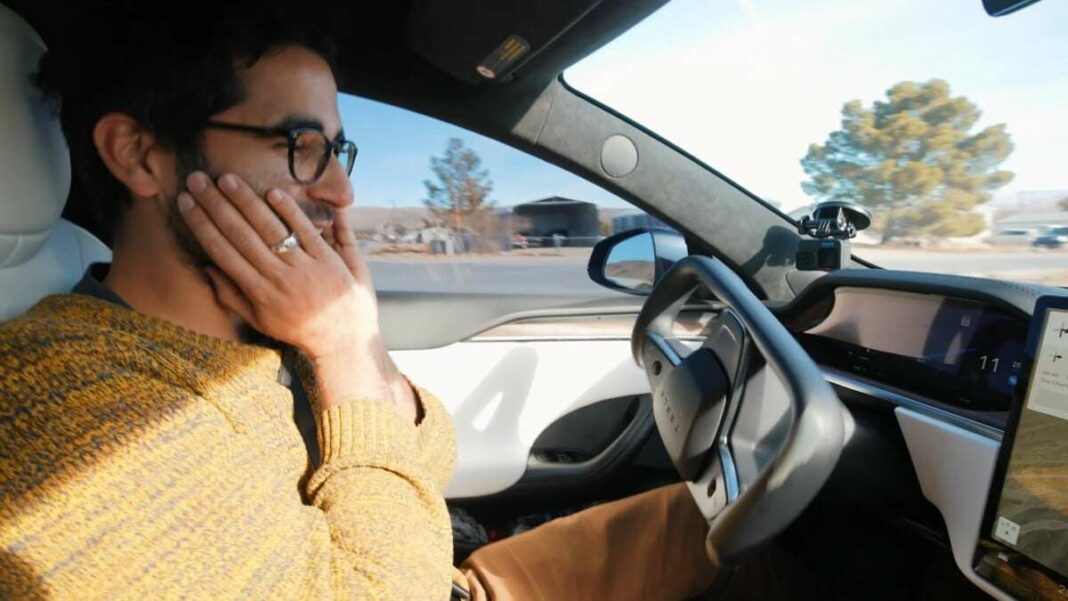Tesla is advancing autonomous driving technology, with the forthcoming Cybercab set to operate without traditional controls. While the Full Self Driving (FSD) system is expected in Europe by 2025, Switzerland has approved regulations for autonomous vehicles, allowing for self-parking, highway driving without supervision, and driverless operation on designated routes. This pioneering move could influence other European nations, as questions remain regarding FSD’s capabilities compared to competitors. The rollout is anticipated to coincide with Switzerland’s new regulations in early 2025.
Tesla is not just focused on creating electric vehicles and building a network of charging stations; the company is also a strong proponent of autonomous driving technology. The upcoming Cybercab, which will operate without a steering wheel or pedals, represents the pinnacle of this vision. However, autonomous Tesla vehicles are already making strides on roads across the USA.
Explore More
We had the opportunity to test Tesla’s groundbreaking feature that is not yet available in Europe: a detailed report on an incredible journey.
Explore More
The journey was made possible by the Full Self Driving (FSD) system that Tesla plans to introduce in Europe by 2025. In a positive development, regulations are also evolving, with Switzerland recently permitting autonomous vehicles on public roads.
Autonomous Driving for Specific Scenarios
The Federal Council’s press release outlines the specifics of this new regulation, set to take effect on March 1, 2025. Three distinct use cases will be permitted.
The first scenario involves parking, allowing vehicles to park themselves without a driver present in “designated and signposted parking lots and spaces” determined by local authorities. This will activate Tesla’s system known as ASS (“Actually Smart Summon”), enabling users to call their car using the app, albeit with limited functionality in its European version.
The second authorization allows for driving on highways without the need for driver supervision, achieving level 3 of autonomous driving. In this scenario, the vehicle can handle long highway stretches autonomously. This capability is already operational in Germany (up to speeds of 130 km/h) and in France, though with strict limitations (such as a maximum speed of 60 km/h).
Explore More
Electric vehicles: for once, legislation is ahead of technology.
Explore More
The third scenario permits the operation of driverless vehicles on public roads, similar to Waymo taxis in the United States. The Swiss Federal Council has indicated that these vehicles could be used for transporting goods and passengers, but they will only be allowed on specific routes designated by local authorities and overseen by the Federal Roads Office (OFROU).
Mark Your Calendar for Early 2025
The March 1, 2025, date aligns with Tesla’s projected timeline for the rollout of FSD in Europe during the “first quarter of 2025”.
It remains to be seen if Switzerland’s pioneering steps will inspire similar regulations across Europe. Germany has been proactive in this area, while France appears more cautious. It’s important to note that Switzerland is not part of the European Union, and its advancements in autonomous driving may not extend to other EU nations.
One lingering question is the capabilities of FSD in Europe. Will it match the effectiveness seen in the USA, or will it face restrictions? How will it compare against the autonomous systems developed by competitors like Mercedes-Benz or BMW? Fortunately, we expect to have answers to these pressing questions in just a few weeks.
